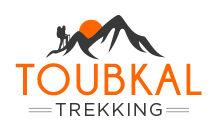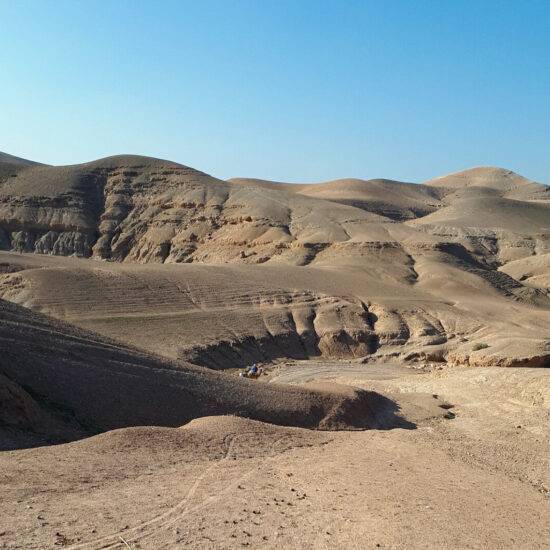
What to Wear on a Day Trip to the Atlas Mountains
What to Wear on a Day Trip to the Atlas Mountains
Packing for a day trip to the Atlas Mountains can be terribly intimidating, especially if one has never been there to experience the terrain. I remember my first visit as if it was yesterday—departure from Marrakech at dawn, with the snow-capped peaks grazing the horizon, and I simply had no clue whether I had dressed appropriately for the weather or not. Spoiler: I had not. What to Wear on a Day Trip to the Atlas Mountains?
This is a good article for any planning a day trip to Atlas Mountains and wondering about what to wear for comfort, safety, and style. Being smartly dressed is really going to enhance or detract from your experience while you are out in Berber villages on a guided tour or electing for a scenic hike around Imlil Valley.
The Atlas Mountains are extremely diverse. One can encounter warm sunshine in the lowlands while bitter winds and sometimes snow hit the high peaks—all within a matter of hours. Having lived in Morocco and spent all my weekends exploring the High Atlas region, this guide is based on actual experience and not just generic advice.
In case you are booking an Atlas Mountains day trip from Marrakech with a guide, do remember to dress for utter enjoyment-whether it is mint tea sipping time in a Berber home or hard-core trekking on rocky trails.
Why Dressing Right Matters in the Atlas Mountains
The drama can unfold just within a couple of hours-even if the day trip is for just a few hours, the climate in the Atlas Mountains changes from one village to another. Morning chill, midday sun, and afternoon winds are all part of the deal.
Adding to that, most of the local villages you’ll visit are traditional Berber communities. Dressing respectfully is not just a matter of etiquette; it will also help you relax as you interact with the locals. Practicality goes a step further: please expect rocky paths underfoot, occasional gusts of wind, and temperatures varying often.
Must-Have Clothing for Your Day Trip in Atlas Mountains
1. Layered Clothing Means Comfort
Layers are everything when it comes to comfort in Atlas Mountains. I always start with a moisture-wicking base layer, like a T-shirt or long-sleeved breathable top. A light fleece or hoodie follows for warmth, but never without a sturdy windbreaker, especially during winters.
You can get a lightweight, packable jacket here, and it’s perfect for a day hike or village tour, while being easy enough to stuff into your daypack.
2. Comfy Shoes Closed-Toe
Shoes must be sturdy for walking around rocky paths or village markets. I have used hiking boots in Imlil, and trail runners in Ourika, and both have been great choices! Save your sandals for beach days in Essaouira.
If you plan on trekking lightly, these lightweight hiking shoes are best as they offer very good grip and breathability.
3. Sun Protection: Hat, Sunglasses, Sunscreen
The mountain sun is no joke; it is all the more potent at higher altitudes. Make sure to carry wide-brim hats, wrap-around UV-blocking sunglasses, and broad-spectrum sunscreen.
I recommend this travel-sized mineral sunscreen, which fits perfectly in any small bag and doesn’t feel greasy.
4. Modest and Respectful Clothing
Cover shoulders and knees when visiting Berber villages. Lightweight pants or hiking leggings work well along with a long-sleeve shirt. This way, you respect the traditions of the land, and at the same time, you are protected by the sun and the nuisance of insects.
5. Accessories Worth Bringing
- Scarf or buff: good for warmth or dust protection.
- Small Backpack: for your layers, snacks, and bottle of water.
- Reusable Water Bottle: Keeping hydrated is of utmost importance. You will thank yourself in the long run.
Optional But Highly Recommended
- Walking sticks: especially if you will be traversing uneven terrain, as in Setti Fatma.
- Camera or smartphone with strap: Do capture those jaw-dropping views.
- Hand Sanitizer and tissues: Some bathrooms we will find perhaps will not be well-equipped in remote villages.
What Not to Wear in the Atlas Mountains
Flip-flops, short shorts, tank tops, and anything tight or revealing are what to avoid. The terrain requires a bit of practicality, and you’ll stick out like a sore thumb in conservative communities.
Like handbag or large tote? The answer is none; it shall be irrelevant. Instead, choose a daypack that is conducive to the light baggage with one arm free for walking and climbing.
Seasonal Tips: What to Wear by Time of Year
Spring (March to May)
The morning is cool, and the afternoon is warm. Carry an extra layer along with a waterproof jacket for the occasional spring showers.
Summer (June to August)
The cities like Marrakech blister under the heat; still, it is quite cool now in the mountains. Sun protection is a must. Have light, breathable clothing.
In case you are into something more active, you should check this summer trekking tour through the Atlas Mountains.
Fall (September to November)
The perfect weather for hiking! Warm days and cool nights. So layer, and have something warm and comfortable to slip into during the evening ride back to your hotel.
Winter (December to February)
There is normally snow with altitude and mostly at places like Oukaimeden. Dress warmer than usual, with waterproof hiking shoes, perhaps. I have been caught up in a January snow flurry—never take it lightly!
Final Thoughts: Dress for Adventure, Respect, and Comfort
A day trip in the Atlas is one of the most rewarding experiences you would want to have while in Morocco. But being ill-prepared, especially in terms of clothing, would put a real dampener on the attraction and absorption of the area.
Dress with purpose: layer should be thought over carefully, function over fashion, and then a bottle of water and some sun protection. And if you ever doubt whether you should bring that jacket or not- just do.




